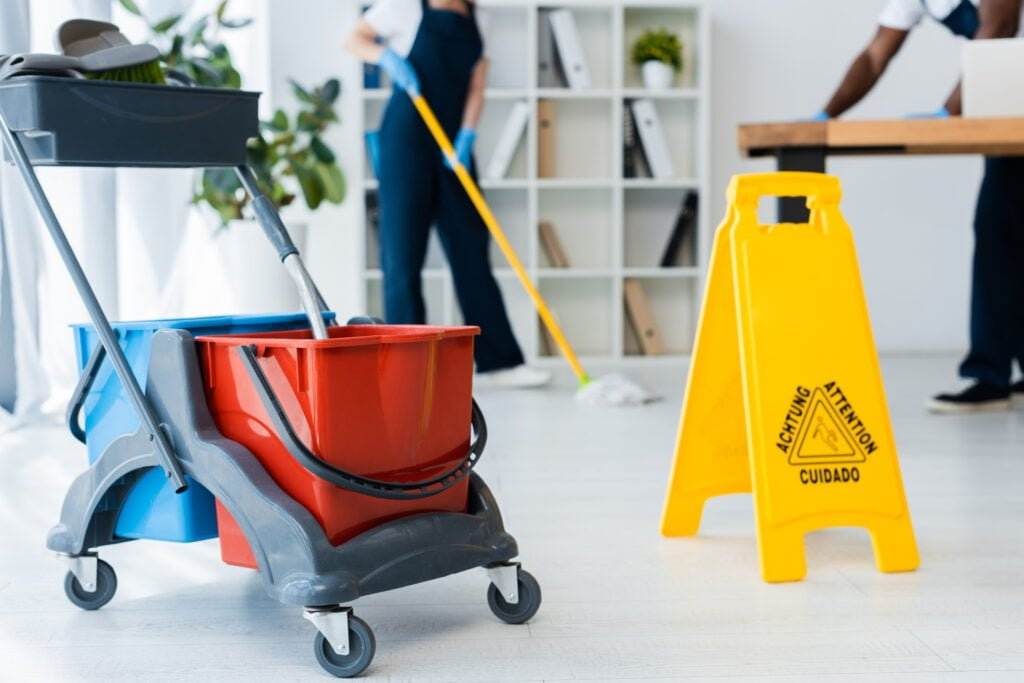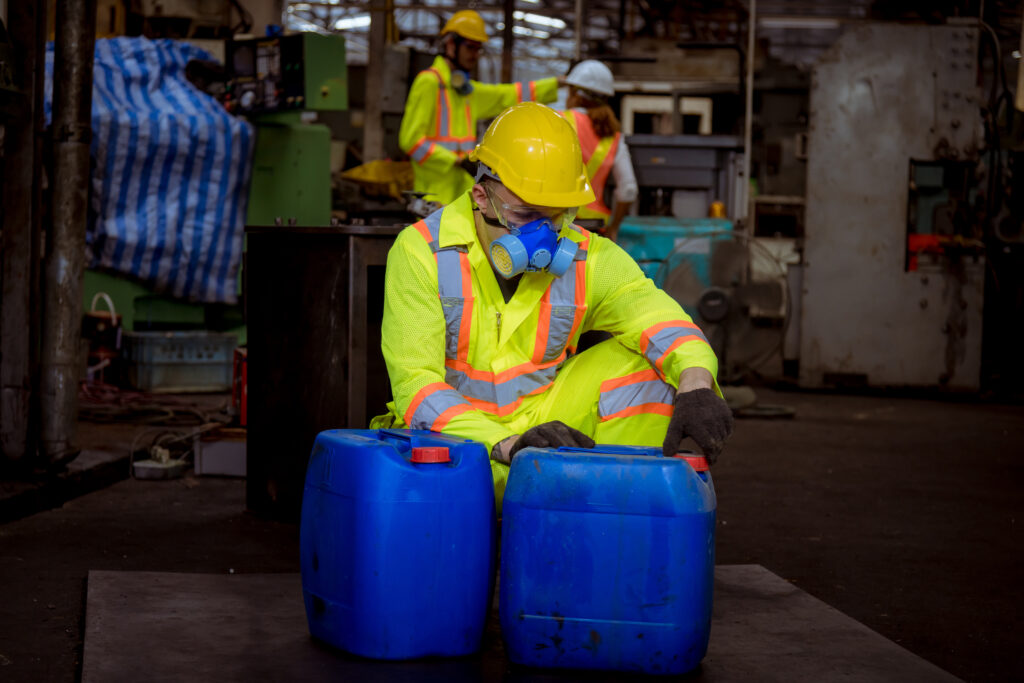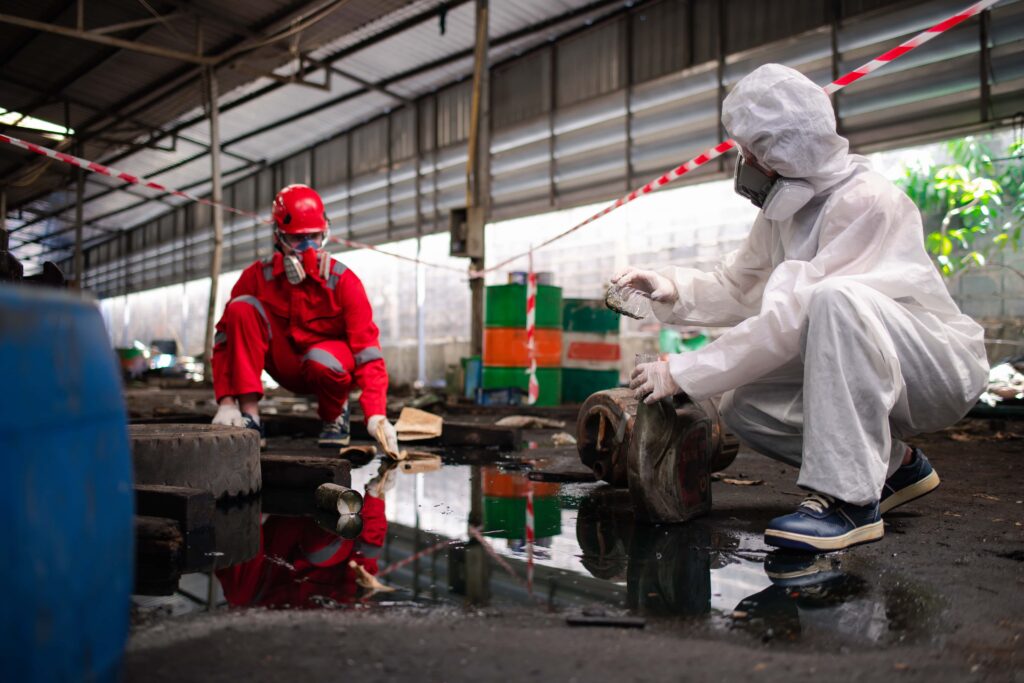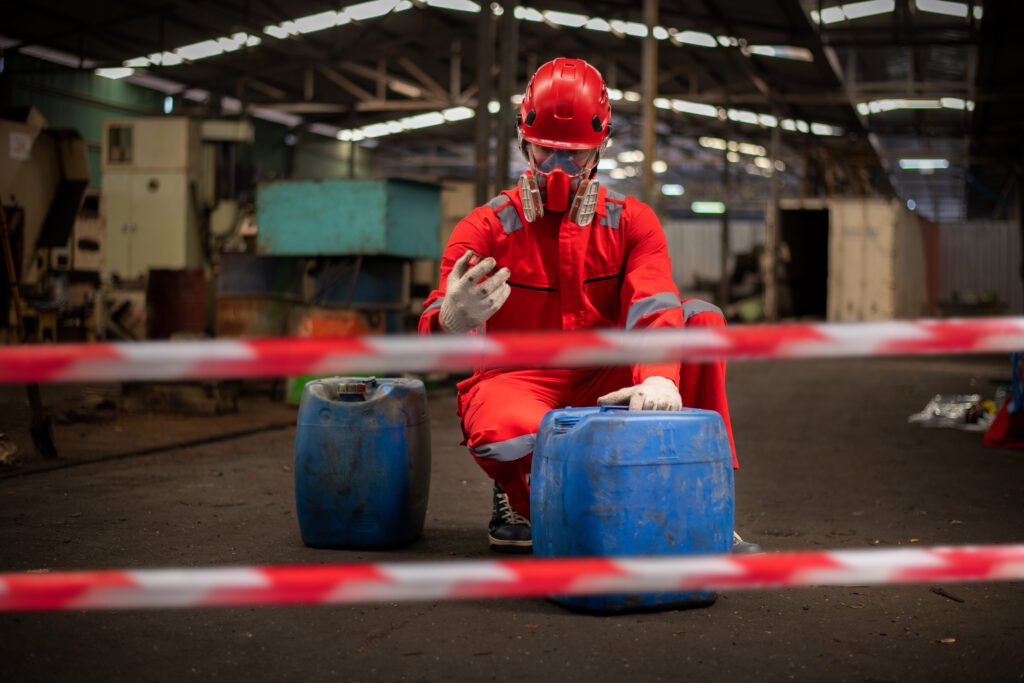Do you ever see a utility worker on top of a telephone pole or a construction worker balancing on a steel beam high above you, and think that you could never work in such hazardous conditions? While those workers do have more dangerous jobs than you, they may actually be safer than you are in the office.
This is because of their awareness of the hazards that come with the job and their knowledge of the safety procedures that they must follow. It is this safety awareness that is their best defense against accidents. On the other hand, many office workers can’t see why they should be concerned with safety at all.
However, there are plenty of hazards in an office setting. It is true that office accidents seem less severe than those that occur in a manufacturing plant or among construction workers, but they can be just as painful and just as much of a financial setback to the injured worker.
Office Hazards
Slip and fall accidents account for the majority of disabling injuries in the office. Common causes include:
- Walking on slippery floors or uneven surfaces, especially when wearing high heels.
- Going up or down stairs and not using the handrail.
- Using chairs with casters that may roll away from you when you try to sit on them, lean back too far, or lean forward to pick up something off the floor.
Poor housekeeping and floors littered with tangled cords, discarded papers, spilled liquids and small items such as paper clips can also cause slips and falls. Always keep the area around you free from debris or other items that do not belong on the floor, and clean up any spills or messes as soon as you discover them.
Office machines also cause their share of accidents. Electric machines should always be unplugged when being cleaned and they should not be used if any sparking or smoking occurs.
Carrying supplies to and from the storeroom can be dangerous if done incorrectly. Be sure that the pile is light enough to handle easily and low enough to see over. If lifting a heavy box, bend your knees and lift with your legs, and ask a co-worker for help if it is too heavy to handle alone.
Desks and file cabinets present special hazards. Drawers should have safety stops to prevent the contents and drawer from tumbling onto the user, and drawers should be closed when you’re finished with them. It’s easy to trip over or bump into an open drawer or cabinet.
Be Prepared
Look around the office and identify the possible safety hazards. If you find any hazards that you think need attention, talk to your supervisor. If you develop a safety conscious attitude, you can become aware of office hazards and take the appropriate precautions to avoid them.








